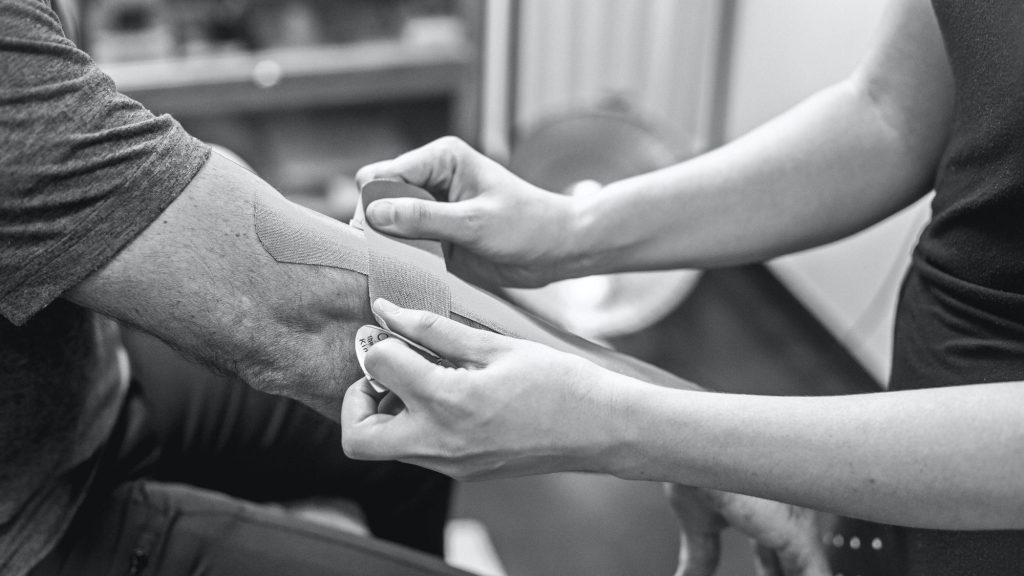FREE Shipping on Orders over $89 with Account – Create One Today!
- (844)-859-9400
- Get Help

Chronic wounds are, by definition, difficult to heal. An entire area of medical specialty is dedicated to finding better ways to manage wounds that stall or regress in the healing process. This is because it’s vital to get chronic wounds under control quickly. Otherwise they can deteriorate rapidly, sometimes resulting in serious infection, irreversible damage or even limb amputation.
Wound debridement is often an important aspect of the healing process for major, chronic wounds. Read on to learn about the different methods of debridement, and about products that can help in the process.
Wound debridement is the process by which necrotic tissue on and around a wound is removed. Sometimes this is done actively via surgical methods. Other times it is done passively with products that reduce and remove the tissue over time.
There are a number of underlying conditions that might cause a healing wound to stall. These include everything from circulation problems related to diabetes, to pressure ulcers caused by decreased mobility. Whatever the underlying reason, circulation issues multiply the likelihood of tissue death taking hold in a wound, especially in the limbs.
The process of tissue death, aka Gangrene, is a result of lack of blood to the area caused by injury, illness or severe infection. Once tissue death begins, dead (necrotic) tissue can spread and multiply in the area of the wound.
Damaged or dead tissue can harbor bacteria and other microorganisms that are likely to complicate the healing process. An excess of damaged tissue can also promote the growth of biofilm, which can further lengthen the road to recovery. Therefore, debridement is often necessary to promote healing and prevent further complications.
Biological debridement is the use of fly larvae to eat away the dead tissue. This is by far the oldest method of debridement, going back centuries. It is not often used today. However, in modern situations where maggots are the best option, they are grown in a sterile environment and confined to the wound with a special dressing.
Surgical debridement is necessary in severe situations where the compromised tissue must be removed as soon as possible. It will be performed by a skilled medical professional using surgical tools to cut or scrape the tissue away from the wound.
Mechanical debridement can be achieved by several means, including irrigation, rubbing pads, and/or special dressings that adhere to the damaged tissue and are then pulled off. This method can be painful and can damage healthy tissue.
Enzymatic debridement is done by applying a topical cream or ointment which dissolves the damaged tissue. Sometimes used in conjunction with surgical debridement, it can also be used on it’s own as a slower, lower-pain alternative for moderately infected wounds.
This is the slowest method, but the most gentle and pain-free. Autolytic debridement uses advanced dressings – such as transparent films, hydrogels, hydrocolloids or some foams – to keep moisture in constant contact with the wound. This moist wound healing environment allows the body’s own processes to break down damaged tissue.
Medical Monks, being a supplier of disposable medical products, is most able to help with autolytic debridement. We can guarantee you’ll find something appropriate in our wide selection of advanced wound dressings.
Among other products, customers have given us feedback on Hydrofera Blue dressings, which have proven to be particularly useful for autolytic debridement. Of particular interest is Hydrofera’s proprietary capillary-wicking action, which pulls debris and exudate from the wound bed without the need for gravity or negative pressure. This same action helps draw the body’s natural healing agents to the wound, creating a moist wound environment and aiding in autolytic debridement.
… this brief overview on debridement has been informative for you or a loved one who may be experiencing a chronic wound. If you have any questions about products, Medical Monks has help available over the phone, email or LiveChat. For medical concerns, as always, please consult with your doctor or another healthcare professional.
